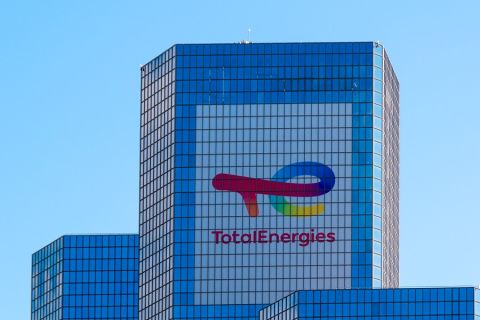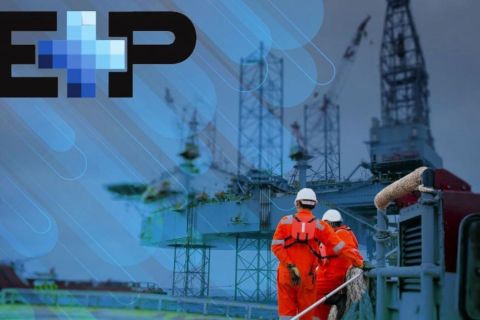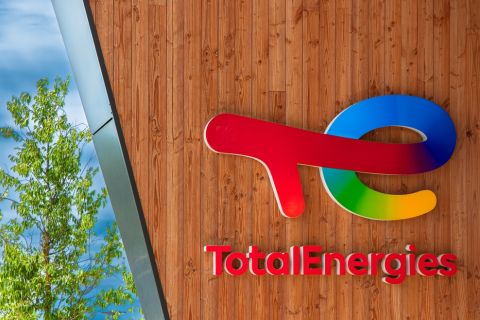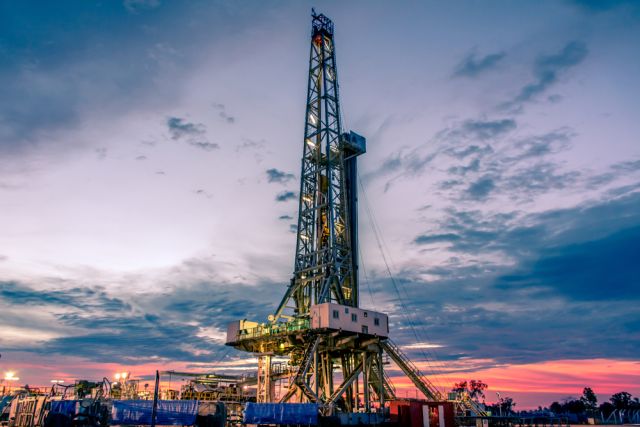
John Sanclemente, vice president for wells at Chevron, said shale output still has a ways to go to match oil production from conventional wells. (Source: Shutterstock)
GALVESTON, Texas—The oil and gas industry continues to surprise to the upside, hitting production highs with fewer rigs, consolidating at a furious pace and continuing to ply investors with share buybacks and dividends.
Nevertheless, executives at Chevron, SLB, Helmerich & Payne and Transocean see a lot more work ahead: squeezing more production from shale, improving technology and streamlining equipment—all without losing sight of attracting new talent to the industry.
John Sanclemente, vice president for wells at Chevron, said shale output still has a ways to go to match oil production from conventional wells.
“We're sort of in the early days of really understanding how to unlock the potential in this resource to get us into double digit recovery factors,” Sanclemente said March 6 at the IADC/SPE International Drilling Conference and Exhibition. “We’re leaving a lot [of hydrocarbons] in the ground.”
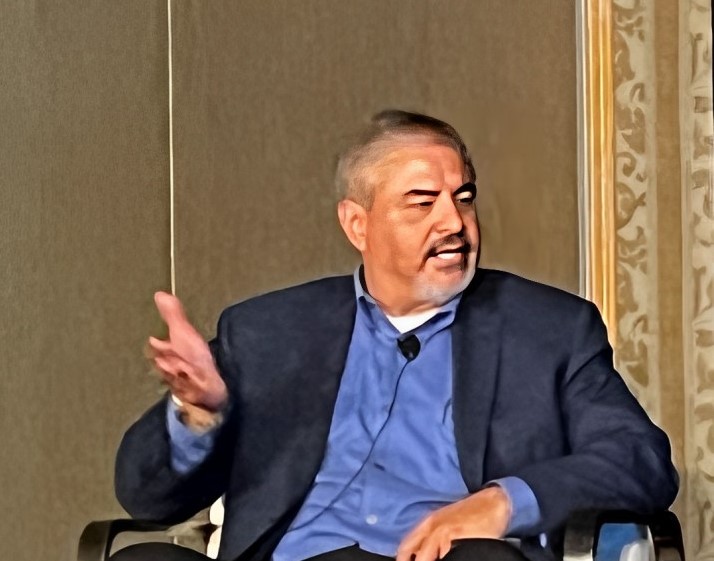
Service companies are similarly getting their bearings after a recent spate of M&A among operators, particularly in the Permian Basin. Roddie Mackenzie, executive vice president and COO at Transocean said the rig segment has already “been through our reduction in equipment.”
At the outset of the last upswing in activity, he said about 320 rigs were working, compared to about 120 now with about 50 more that could realistically be added back into the mix.
On a macro level, SLB Americas President Lyndal Cissel sees a favorable supply and demand picture that arguably has “never been stronger.”
“The use of oil and gas in an expanding global population that aspires for a higher standard of living is inescapable. So I think the macro is sufficiently strong, sufficiently solid and has sufficient longevity that there will probably not be any further reduction in asset utilization, particularly offshore.”
Mike Lennox, H&P’s senior vice president for U.S. land operations, sees a long runway of opportunity ahead as well.
“Wells are going to get more technical, they're going to get longer, the equipment's going to be run harder, the maintenance behind is going to be run harder. The people are going to have to continue to adapt and grow. But I think all that leads to opportunity,” Lennox said.
The push and pull of the industry remains in balancing financial assets—hydrocarbon reserves, drilling rigs, frac fleets—with developing a roster of committed employees, the executives said.
Sanclemente said it's possible to innovate technologies and develop talent while delivering high returns.
“We are figuring out a way we can have our cake and eat it too, so we can operate efficiently, we can sort of drive cost efficiency, cycle time, et cetera. So all these things can work very well together. We have to sort of take and decarbonize everything we do in our operations.”
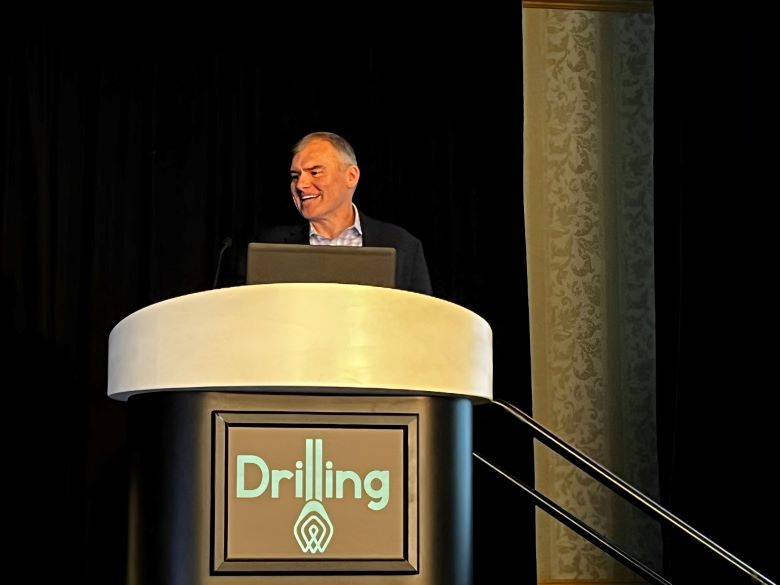
At Transocean, the company has prioritized a smaller, newer, higher-spec fleet, with the past decade spent optimizing its assets, Mackenzie said.
Transocean has divested 78 rigs via sale or scrapping and retooled to focus on a high-graded fleet that can operate in ultradeep waters and harsh environments. The company now has 37 rigs, of which 25 are active.
“The higher the spec, the higher the utilization,” Mackenzie said.
Costs for reactivating a cold stacked rig range between $75 million and $150 million. Purchasing a stranded asset from a shipyard and getting the rig to market runs about $500 million, he said. The tab for building a new rig is more than $1 billion, he added.
“We have about $1.6 billion of liquidity in cash and cash equivalent. But if you take that in the context of spending more than a billion dollars for just one rig, how on earth would we take that capital because we see that as an asset … We cannot afford to deploy our capital on building a new rig? That equation doesn’t work,” Mackenzie said.
Attracting, keeping talent
Employee retention remains a challenge for the oil and gas industry.
Cissel said the industry is attracting bright people but needs to do a better job of explaining the future of energy companies.
“We have not been great standing on our soapbox for verbally speaking and saying how amazing our industry is, how we lift the standard of living,” she said.
At H&P, keeping good employees starts with finding the right people, Lennox said.
“When I started on a rig, you could easily quit or give up when you're 28, 30 years old and you're starting out as a roughneck if somebody doesn't kind of take you under their wing and treat you like family. And our industry culturally doesn't always welcome people, at least domestically,” he said.
H&P onboards employees and trains them as though “they're going to be with us for 20 plus years,” he said.
Part of that training includes fostering two-way communication to build trust, he said.
“There's the idea of work imagined, and then there's work performed and there's a gap there. And so how do we close that gap? Well, it's in two-way communication and trust. If they don't trust you, they don't know you. They're not going to provide that two-way communication,” he said.
Mentoring is also important.
H&P pays its mentor employees $500 if they successfully guide a new employee through a six-month, six-hitch program, he said.
“If we can keep them for six hitches, they're going to stay. They're going to stay with the organization, they're going to keep growing, they're going to be a mentor and keep moving along,” Lennox said.
Tech and data
The potential for software technology remains a potential game changer for the oil and gas industry’s resource exploitation, while further improving emissions reductions.
Remote technology, for instance, can help improve a company’s sustainability, Lennox said.
“There's a lot of simple technology that's in the digital space that we've deployed, such as remote on/off for the engines,” shakers and other bits of kit, which has significantly reduced energy requirements over the former method of sending a person out to the site to shut something off, he said.
Remote capabilities now allow engines to be turned off at a distance—burning less fuel, decreasing costs and reducing emissions, Lennox said.
Cissel said data is an asset that has the potential to lower cost and carbon in the industry.
“We have an incredible amount of data that we don't actually consume, and not any one company is going to have the answer or the physical solution,” she said.
Opening data up through partnerships and alliances while combining technologies like artificial intelligence could improve operations, she said.
Data is created and tagged in different ways, which makes using the data difficult, she said, but noted the Open Subsurface Data Universe is helping on that front.
And being able to deploy technology at scale will be big.
“Scale, I think, is one of the things that has been probably the Achilles heel of the digital launch globally,” Cissel said. “The big leap that we're going to be able to bring now with digital is not implementing and expanding on the digital capabilities on one rig… It's really how do we put that capability and open it up to 5,000 rigs, 1000 rigs and at scale.”
SLB has been launching agnostic processes and into-the-cloud processes to enable scaling, she said.
Mackenzie said technological innovation is hard work and never goes according to plan. Patience on the part of customers, including Chevron, helps the industry move forward.
Techn like the HaloGuard anti-collision system, which teaches machines not to bump into people, and the robotic riser have a range of applications, he said.
“We have to get it done because when we do, it'll be repeatable across many different rigs. It'll also be repeatable across other parts of the industry as well,” he said.
Recommended Reading
E&P Highlights: March 15, 2024
2024-03-15 - Here’s a roundup of the latest E&P headlines, including a new discovery and offshore contract awards.
Tyra Redevelopment Heading for Production in March
2024-02-28 - TotalEnergies said the Danish North Sea project will take about four months to ramp up and is expected to produce 2.8 Bcm/year.
E&P Highlights: Feb. 16, 2024
2024-02-19 - From the mobile offshore production unit arriving at the Nong Yao Field offshore Thailand to approval for the Castorone vessel to resume operations, below is a compilation of the latest headlines in the E&P space.
E&P Highlights: April 8, 2024
2024-04-08 - Here’s a roundup of the latest E&P headlines, including new contract awards and a product launch.
TotalEnergies Restarts Gas Production at Tyra Hub in Danish North Sea
2024-03-22 - TotalEnergies said the Tyra hub will produce 5.7 MMcm of gas and 22,000 bbl/d of condensate.



